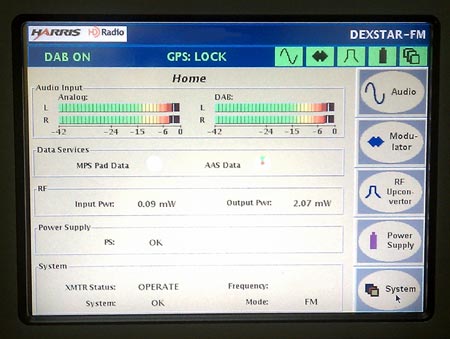I was reading several very interesting IBOC-related articles and posts today. First of all, if Tom Ray, an engineer from WOR and a strong proponent of AM HD Radio seems a little reticent lately, well, perhaps this explains a few things:
Tom Ray finds himself discouraged based on a Ford shopping experience.
I’d recommend reading the whole thing, however, here are some of the highlights:
- Fear of HD radio going the way of FM Quad and AM Stereo
- Asks for an HD radio at the Ford dealership, no one can figure out what HD radio is
- WOR news director states “HD radio sucks” then asks to have his car radio programmed for analog-only
- HD radio less known than Apple iPad product
- Joe consumer would not be able to make heads or tails out of it.
RBR has more here.
It is telling that one of the most vocal proponents of IBOC would publish an article such as this. It seems to be diametrically opposed to the latest press release from iBiquity insisting all is well, never fear, etc. Perhaps it is meant to spur things on, rally the troops as it were.
The second item I found very interesting, Paul Riismandel from Radio Survivor fools around with a Sony XDRF1 HD receiver. He posts a great deal of information about his experience. It is a good read. To summarize some of the points of this story:
- It is difficult to receive HD radio signals in the Chicago Suburbs.
- When FM HD radio is in use, it is difficult to tell the difference in sound quality between analog and the IBOC programming
- Secondary channels have low bit rates and are not suitable for listening to music
Finally, Radio World, again, states that after six months 86 FM stations have completed the allowed IBOC power upgrade. That information is from the NAB. I cannot find any official FCC information regarding this, I would like to know if any of those 86 stations are around here. By the way, 86 out of 1,524 stations representing 6 percent of existing IBOC stations have been upgraded. That makes 0.9 percent of the total number of FM stations licensed to the US running -14dBc IBOC carriers.
I will allow the reader to draw his/her own conclusions.

